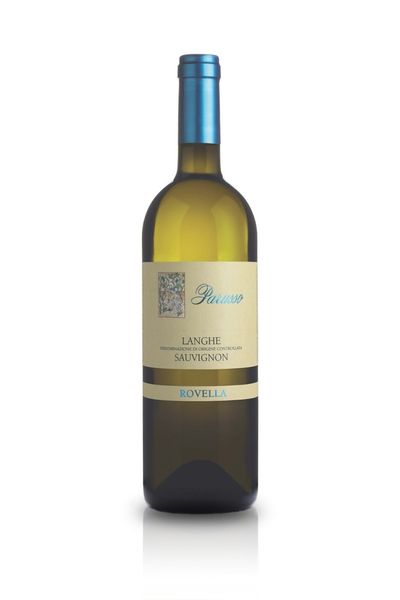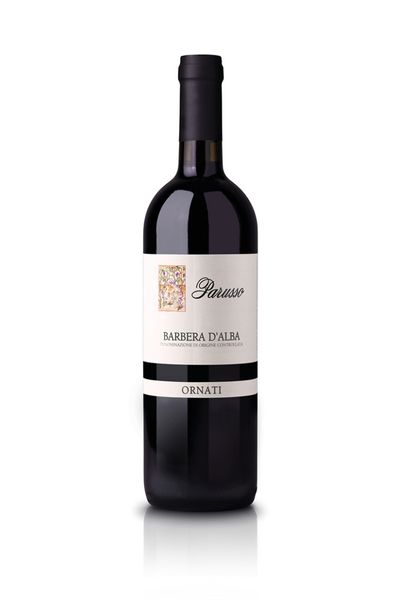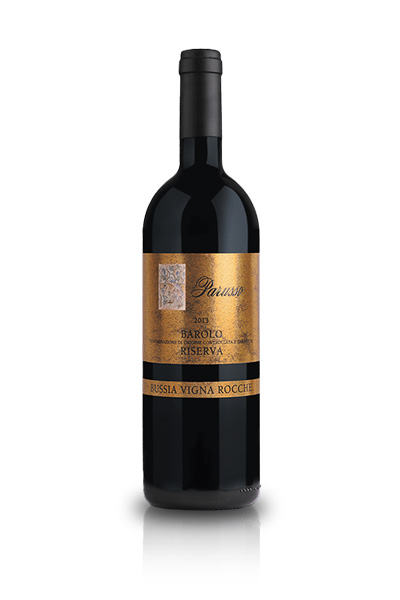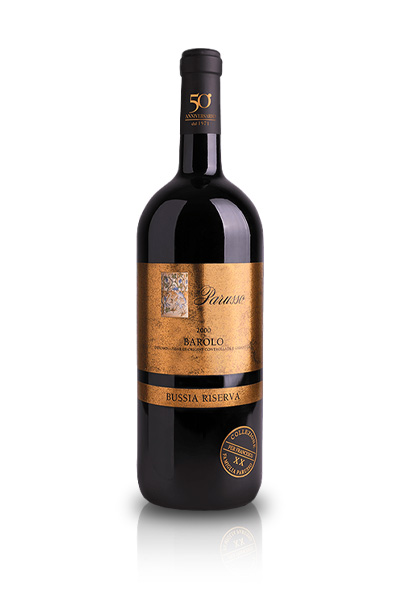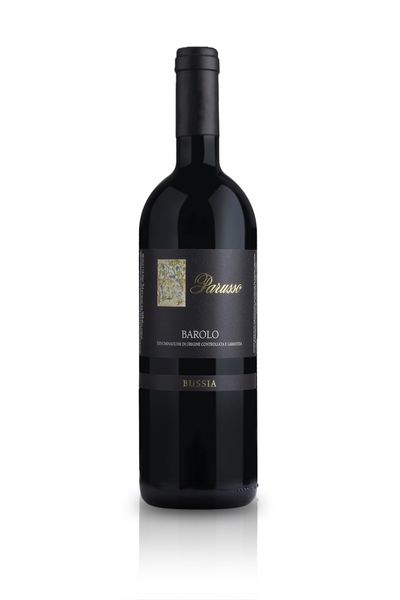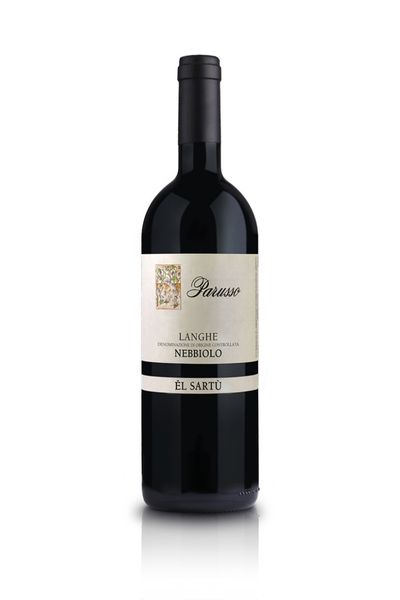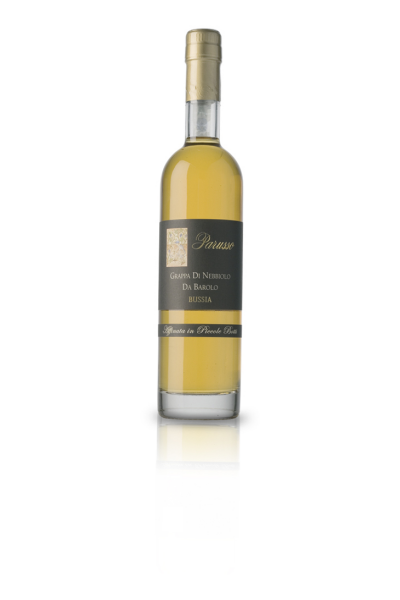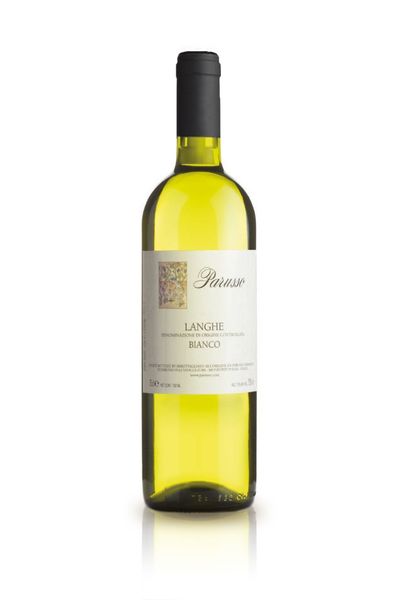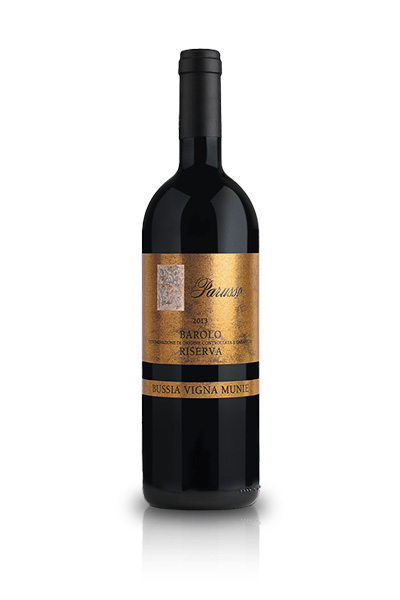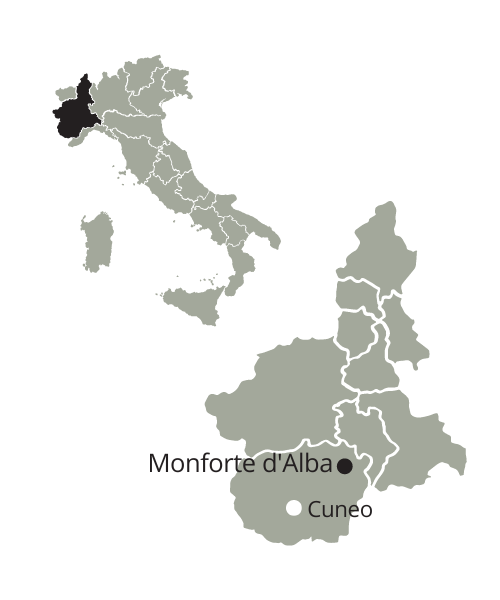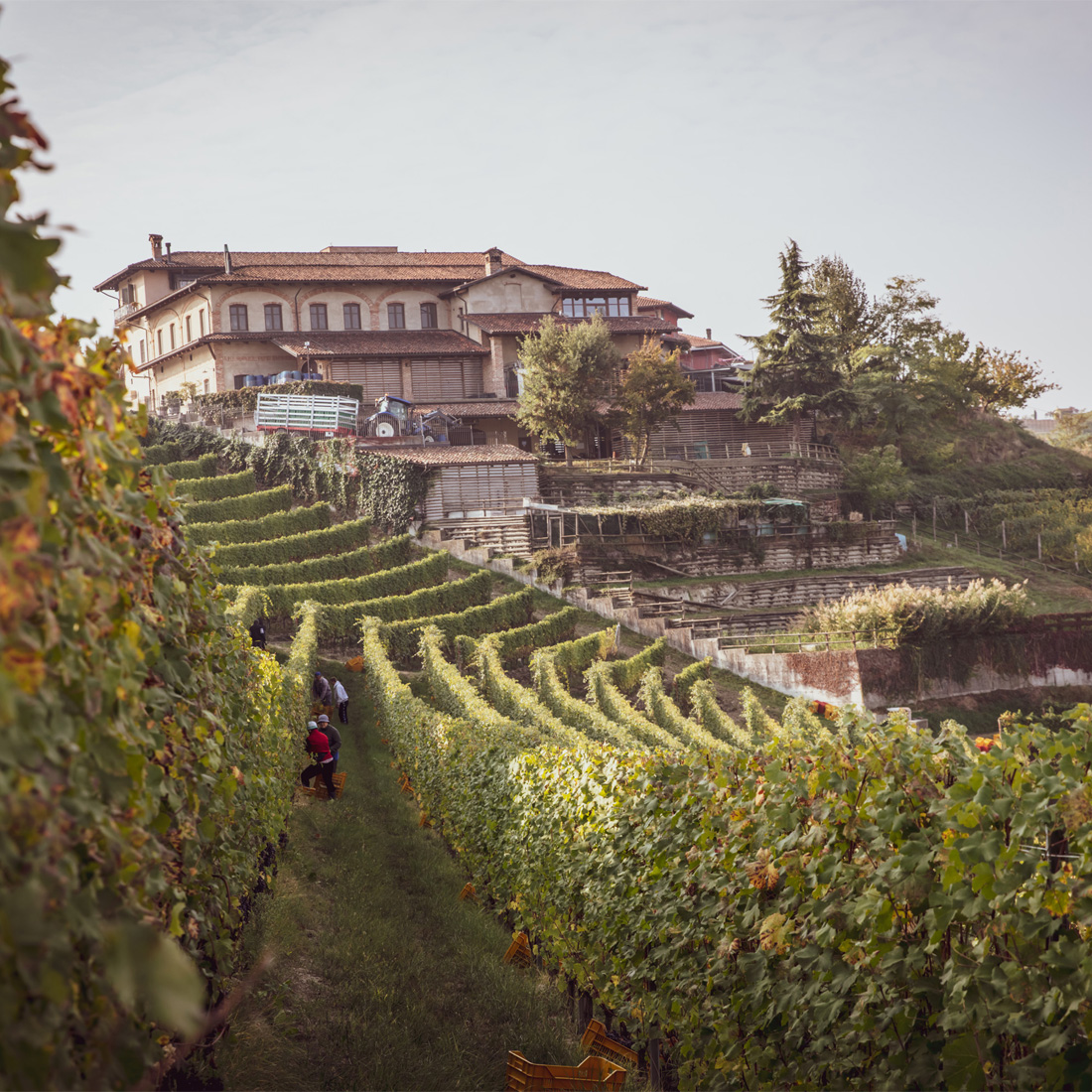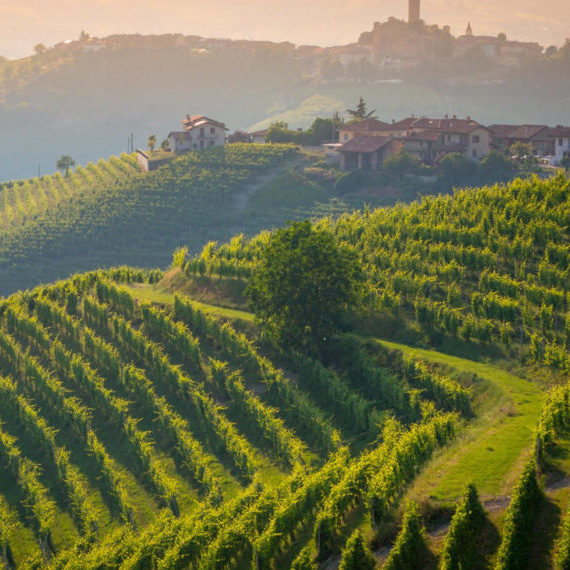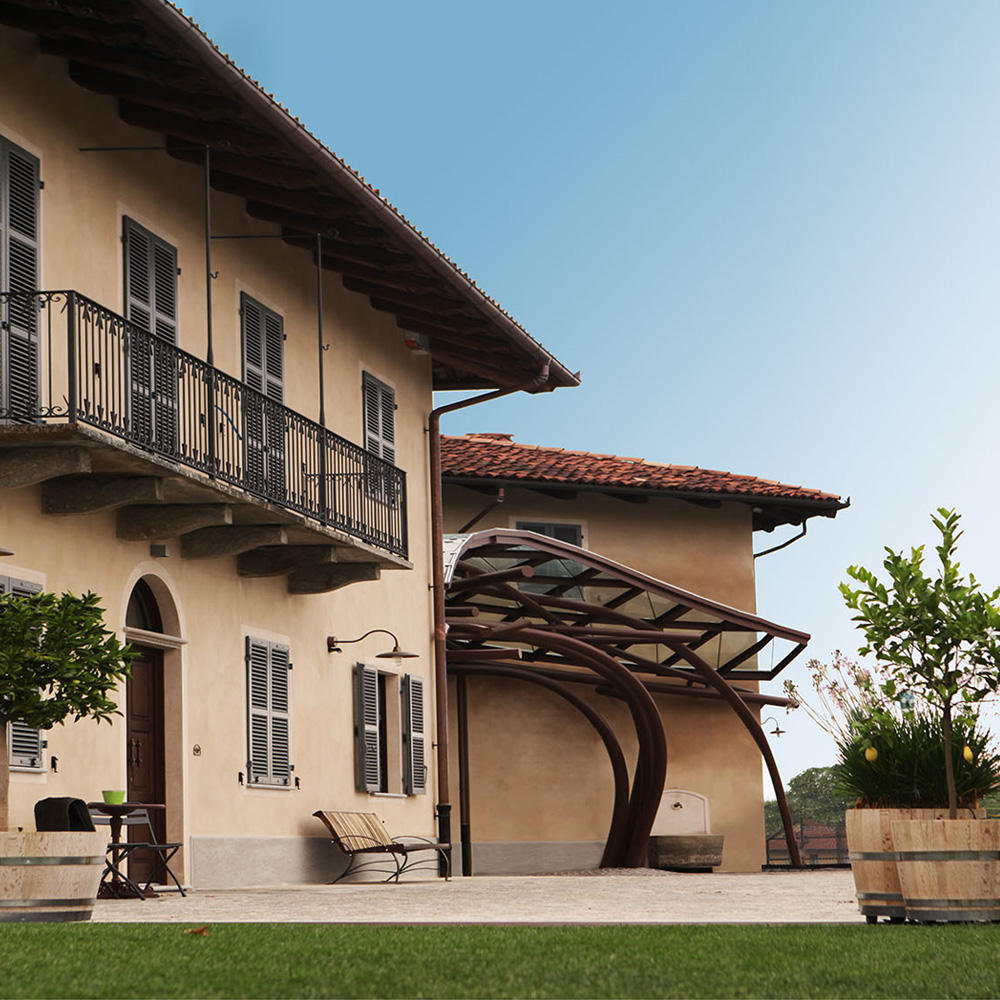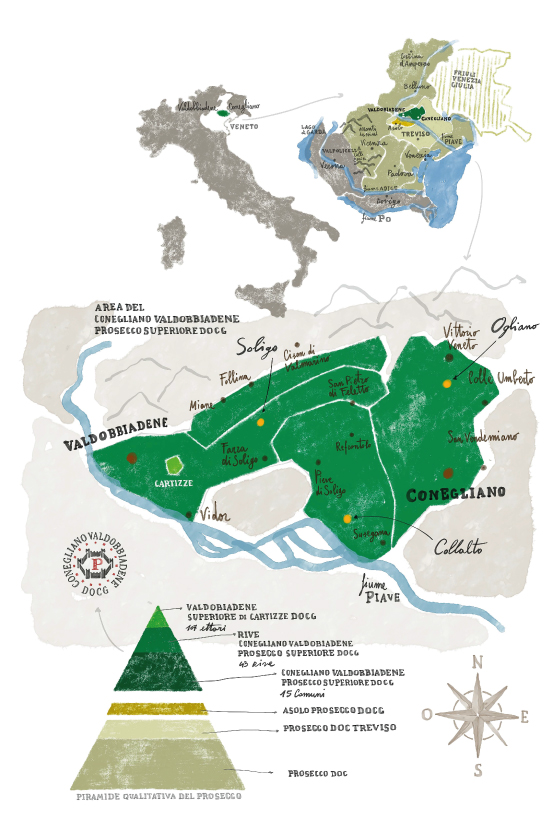
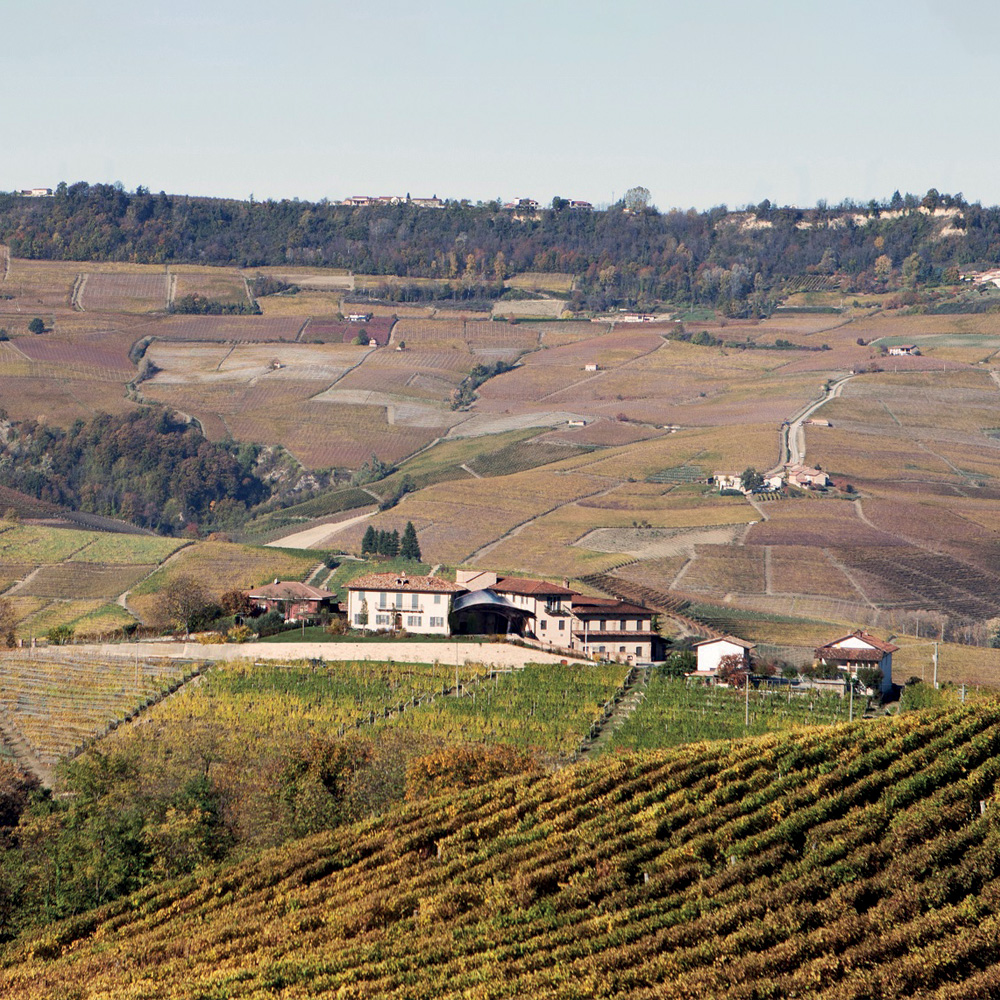
THE COMPANY
The Parusso brothers are part of a family of winemakers who have been cultivating their passion for viticulture for four generations. In 1986 Marco, a young oenologist, supported by his sister Tiziana, decided to change the company by bottling the whole production. The winery Parusso is located in Località Bussia between Castiglione Falletto and Monforte d’Alba. The philosophy is to manage the vineyards with meticulous care in order to produce wines with a sought-after elegance that only the terroir of Barolo can give. The Barolo, in the Parusso style, can be drunk without wait for a long time and it blends longevity, freshness, fragrance with easy digestibility. The Langhe Nebbiolo, Barbera d’Alba, Dolcetto d’Alba and Sauvignon Blanc are also unique. All this and much more make Marco Parusso one of the main interpreters of modern Barolo with its own “style” of life and winemaking, always consistent with his modus operandi where he stands out as a great innovator in the varied world of the Langhe.
